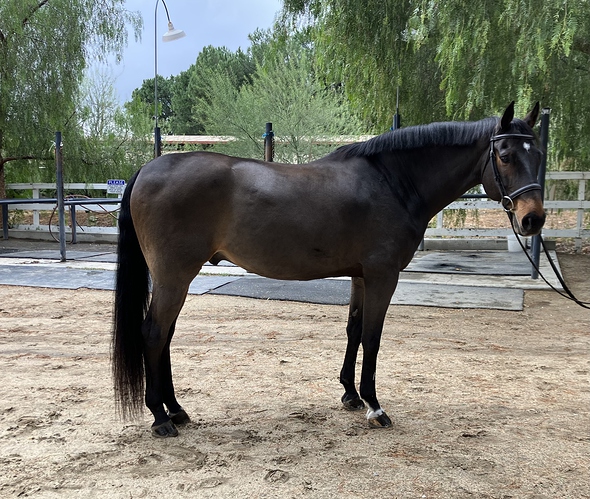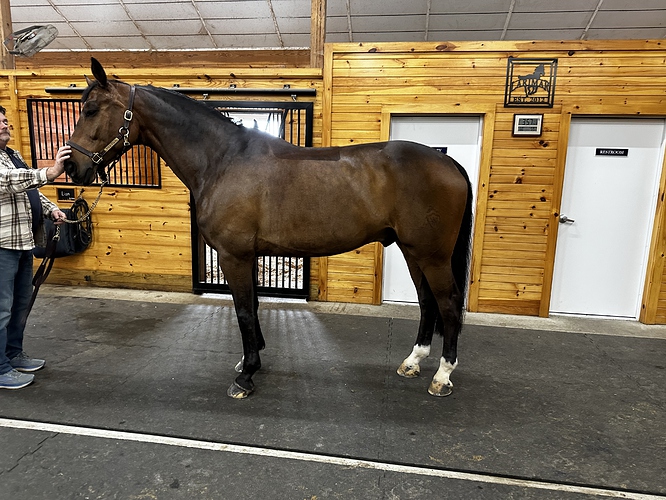I have tried to educate myself. These are just my thoughts, I’m not a fitter. I go for these saddle parameters as primary:
-
Flat vs curvey down the length of the back
-
Width of channel
-
Angle of tree points, this is the most difficult to get right I think… look underneath the flap from the front. Are they jabbing in? Pointing forward? I have one that needed a surprisingly wide saddle so that the angle of the points was open enough (AO2), but then also a half pad to make sure of wither clearance. He has a decent wither, but has a wide back just behind them. I have another with a very high wither and the points jut way forward unless I add in rear riser shims in a half pad.
-
And of course, wither clearance. But see #3, just because your pommel is up off the withers does NOT mean your saddle fits. Those tree points have to be the right angle and not jabbing down or foward at the bottom. But not angled out either, or they will be jabbing up higher. Probably the reason for the short point hate, this is hard to get right. The tree point angle should match the horse.
As far as your horse’s back, is he:
-
flat or curvey
-
Sprung in the ribs
-
Height of withers
And the factor, no one seems to talk about. How much do you weigh, and how much is your weight and the way you ride going to affect saddle fit. If you need a big seat size is it going to be too long for your horse’s back? I like to visualize a good riding bareback Native American in an old western movie. Their weight is in a natural place. Well, I suppose not “natural” because horses aren’t naturally ridden, but you know what I mean. The very back and front of the saddle tree are for balance of the tree, not to bear a lot of weight.
I have a hoard of half pads and shims. My go-tos are shimmable thinlines. I also have an ancient synthetic fleece half pad cover that has velco opening down the spine. I can put whatever I want to in it. For example, it now contains a gel half pad with a rear riser and a front that I took the scissors to for shoulder room. I genrally agree with the person who said to get plain panels and use shims.
Finally, do you know how to let your horse tell you? Mine feel very flat and short in front when they do not like their saddle fit. One had a lead swap issue.
Finally, I highly recommend Goldfinch Tack, a re-seller. She will work with you off pictures.
I like French saddles. They’re beautiful. Personally, I’m not a CWD fan. I’ve had good luck with Antares. I’d love to try some of the new ones, such as Equipe or Eurroplus (??) but the used inventory is low for these.






